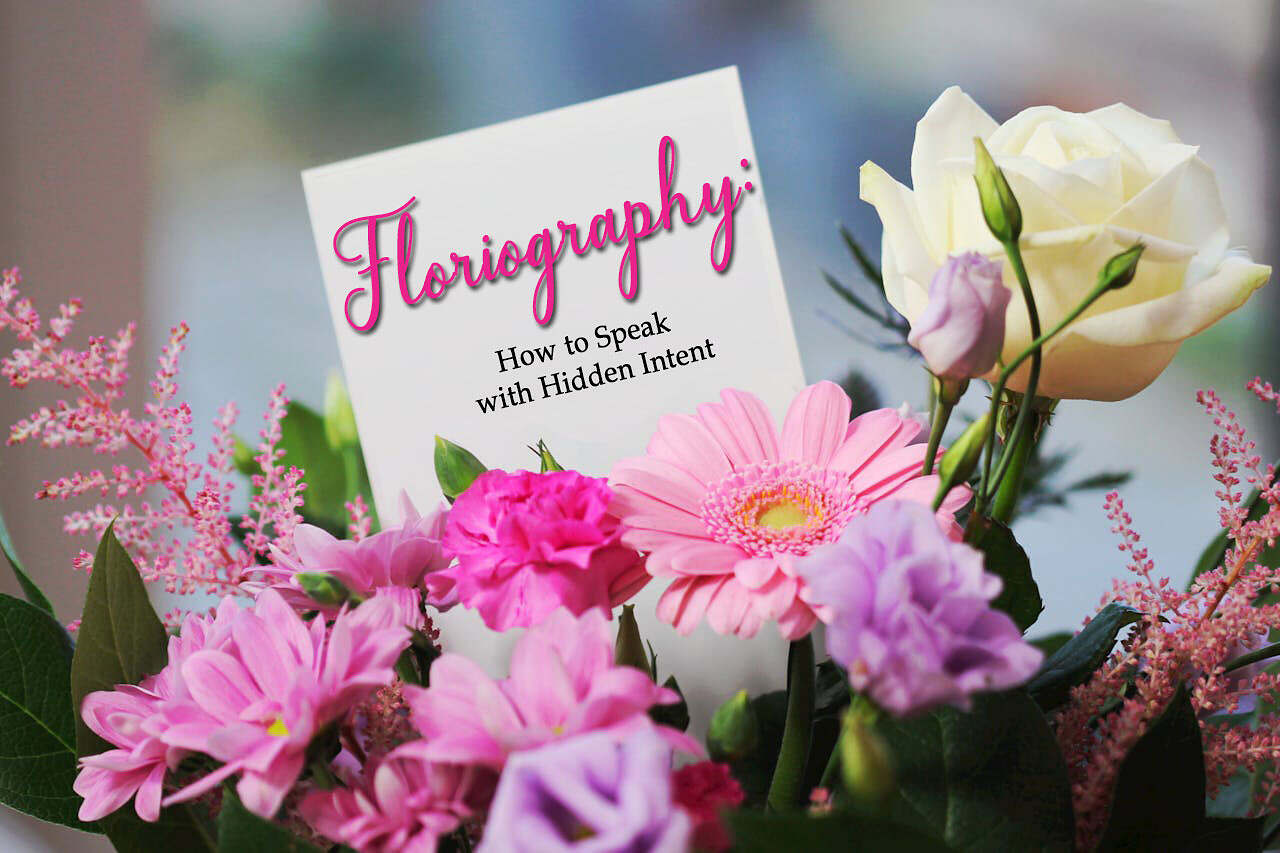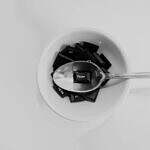Your cart is currently empty!

Okay so you are probably thinking to yourself what is floriography and what does it have to with Mediumship? Everything! Spirit often uses symbols to communicate, and one of the most well know set of symbols is that of flowers. The older the generation, the more likely flowers will be part of the message.
Floriography: How Flowers Speak with Hidden Intent
If a colleague or friend gave you a bouquet of flowers today, your first instinct might be to thank them and find a vase to display them. However, had you lived in the 19th century, those flowers may have carried a much deeper, hidden meaning.
The tradition of using flowers to send covert messages dates back to the Victorian Era when societal norms restricted open expressions of personal emotions. Through floriography, the art of communicating with flowers, people conveyed secret feelings to lovers, friends, or even adversaries. This practice was so widespread that by 1810, French publishers were printing flower dictionaries detailing these floral codes.
Flowers as Messengers: The Origins of Floriography
The roots of floriography reach even further back. Historical records suggest that women in harems, restricted from verbal communication, used flowers to secretly exchange messages without their guards’ knowledge. As flower symbolism spread, people from various cultures contributed to the evolving language of flowers.
Many symbolic meanings were derived from the root names of the flowers themselves. For example, the word “narcissus,” which refers to the mythological character Narcissus, symbolizes egotism. Other meanings came from the flowers’ color, medical properties, or folklore. Over time, these meanings were collected in flower dictionaries, allowing people to send bouquets with hidden intent.
From Myth to Modernity: Unraveling Symbolism
Some floral symbols make immediate sense:
-
- Cabbage: Resembling cash, cabbage symbolizes wealth and prosperity.
- Walnuts: With a shape like a brain, walnuts symbolize intellect.
- Pennyroyal, Rue, and Tansy: Historically used in teas as abortifacients, these flowers symbolized disdain, war, or a message urging someone to leave.
Not all floral meanings are so easy to interpret. Some flowers carried more cryptic or negative connotations:
-
- Hydrangeas: Symbolized heartlessness.
- Delphiniums: Represented haughtiness.
- Basil: Symbolized hatred.
- Buttercups: Signified childishness, despite their bright appearance.
- Oleander: Carried a warning—“Beware.”
Even today, a bouquet of flowers might unknowingly send an unintended message. For example, the beautiful striped carnation means “no” or rejection, and dill, a common culinary herb, symbolizes lust.
Floriography in Literature and Art
The language of flowers extended beyond everyday exchanges and found its way into literature. In Charlotte Brontë’s Jane Eyre, flowers symbolically reflect Jane’s emotions. In chapter nine, she gazes at “snowdrops, crocuses, purple auriculas, and gold-eyed pansies,” corresponding to feelings of hopefulness, cheerfulness, modesty, and preoccupation. This subtle use of flowers to express emotion shows how ingrained floriography was in society.
Historically, sunflowers were tied to vanity and arrogance due to their towering height and large heads. Over time, however, this meaning has evolved. Today, sunflowers symbolize positivity, strength, and remembrance. Rather than being symbols of pride, they remind us to lift our heads toward the sun and are often used to honor and remember loved ones who have passed on.
Positive and Negative Meanings of Flowers Today
While many flowers have retained their positive associations over time, others still carry personal or negative connotations depending on one’s experience.
For example, red roses are traditionally seen as symbols of romantic love, but not everyone believes they carry that meaning. Personally, when I receive red roses, I want to ask, “What did you do wrong?” because the only time a past love gave me red roses, it was to apologize after making a mistake. George never gives me red roses for that very reason. Not all symbols are universally shared.
Similarly, hydrangeas can symbolize gratitude and understanding, but historically they have been linked to heartlessness. The once-popular striped carnation conveys rejection, while oleander, with its delicate beauty, carries the message of beware.
This variety of interpretations shows how the language of flowers remains deeply personal and ever-evolving. What might represent love to one person may evoke an entirely different emotion for someone else.
Floral Symbolism in Modern Times
Although we no longer rely on flowers for covert communication, their symbolic meanings still resonate. Flowers are still chosen for weddings, funerals, and celebrations based on their historical associations. White lilies symbolize purity and peaceful rest, while red roses (for many) still represent declarations of love.
In modern spiritual practices, flowers hold significance. Lavender promotes calmness, while jasmine is linked to love and sensuality. Sunflowers, once tied to vanity, now stand for optimism and the remembrance of loved ones who have passed on.
Flowers: A Timeless Language
Flowers are more than just decorative gifts. Whether expressing love, caution, or remembrance, they have conveyed secret messages for centuries. By understanding the deeper meanings behind each flower, we can communicate with intention and add layers of significance to any occasion.
When choosing flowers, remember that each bloom carries its own story—one that might have started long ago but is still being written today.






